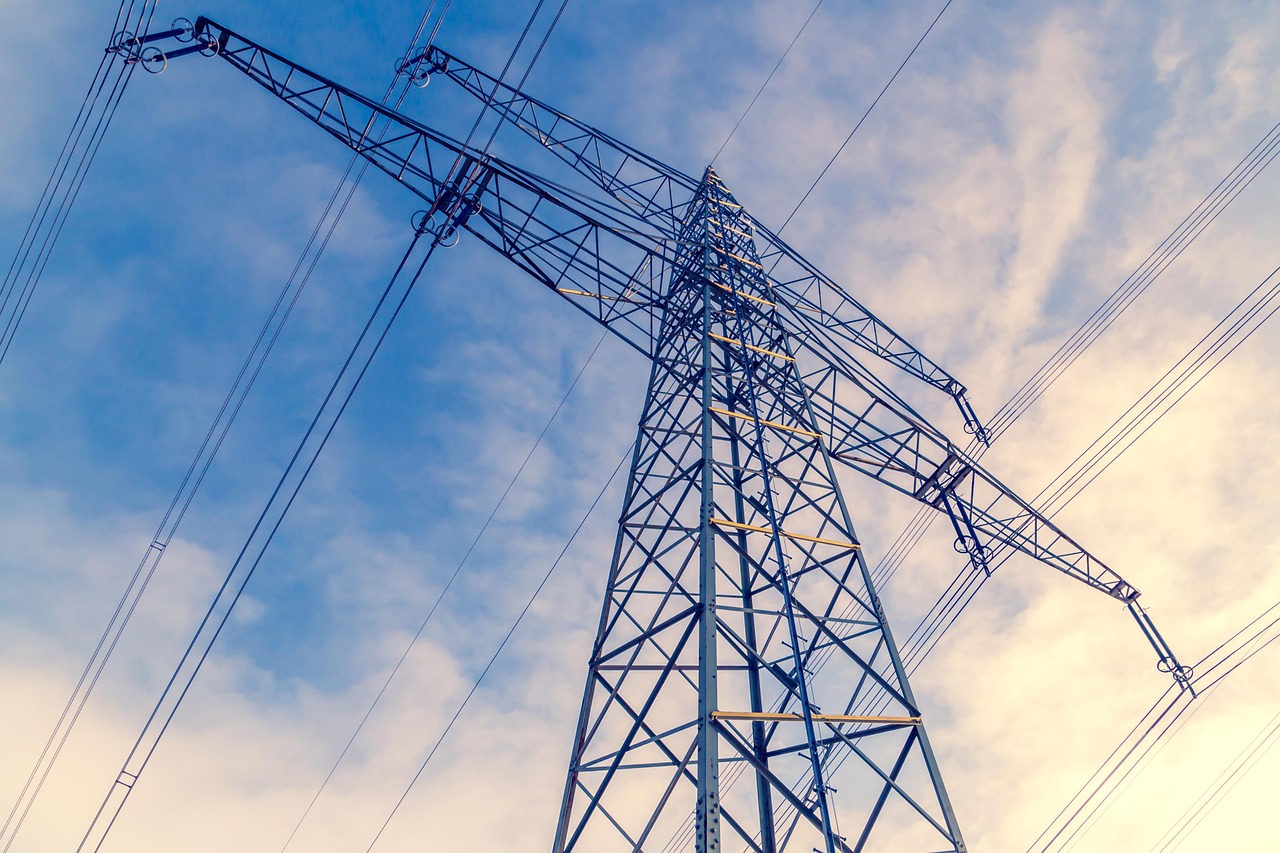What does peak shaving mean?
Peak shaving refers to the deliberate reduction of electricity consumption at times of peak demand. During these periods, the power grid is under high load, and targeted reductions help avoid grid congestion and lower energy costs. Effective peak shaving ensures that electricity demand remains controlled in critical phases.
What is a peak in electricity?
A peak occurs when electricity demand rises sharply – either within a single facility or across the entire power grid.
- Peak loads in households or companies: Peaks occur when several devices or machines operate simultaneously and draw a large amount of electricity. This often happens with energy-intensive equipment such as heating systems, air conditioning units or production machinery. Such peaks are usually short-term but can significantly impact electricity bills and reduce the overall energy efficiency of a household or company.
- Peak loads in the electricity grid: Peaks occur when total electricity demand in a supply area increases sharply within a short period of time. These peaks can be triggered by seasonal fluctuations, weather conditions or sudden changes in consumer behaviour. During these times, electricity suppliers must rely on more expensive, fast-start power plants to meet the increased demand. This raises electricity prices, which are ultimately passed on to end consumers. In addition, high grid loads can cause instability, leading to further costs for grid management.
How does peak shaving work?
Peak shaving involves targeted measures to reduce electricity consumption during high-demand periods. This can be achieved in several ways:
- Energy efficiency: Improving energy efficiency within companies lowers overall electricity consumption, reducing the size of demand peaks. Better utilisation of the grid means fewer peak loads occur, cutting costs and relieving grid stress.
- Smart energy management: Modern energy management systems enable real-time analysis and dynamic control of electricity consumption. These systems can respond to changes in grid load and automatically adjust usage. As a result, consumption during high-demand periods is reduced, avoiding peak loads and supporting balanced energy distribution.
- Load shifting: Load shifting involves moving energy-intensive activities to times of lower grid demand. Companies can schedule production or other high-consumption processes during off-peak periods, lowering costs and improving grid efficiency.
- Load limiting: In load limiting, electricity use is actively reduced in real time. Control systems monitor consumption and automatically throttle specific devices or processes during peak load periods. This helps lower total consumption and maintain grid stability.
- Use of storage systems: By using battery storage systems or other systems such as cold storage facilities as energy reservoirs, companies can store surplus electricity when it is cheap and use it during peak periods.
Benefits of peak shaving
Peak shaving offers a wide range of advantages for both companies and households:
- Cost savings: By shifting electricity use to times of lower demand, companies can significantly reduce their energy costs.
- Optimised energy consumption: Shaving peak loads leads to a more balanced distribution of electricity consumption throughout the day. Companies can thereby improve energy efficiency and optimise operations, resulting in long-term cost savings and more sustainable energy use.
- Flexibility and independence: Companies and households that implement peak shaving gain greater control over their energy consumption and increase their flexibility. They become less dependent on fluctuations in energy markets and can optimise their usage patterns with smart systems.
Conclusion: Peak shaving as a key to energy optimisation
Peak ahaving is an effective strategy for reducing electricity demand during costly and grid-stressing periods. It helps lower energy costs, stabilise the grid and drive forward energy optimisation. Companies and households that adopt peak shaving contribute to a more sustainable and efficient use of energy.
More knowledge from our blog

The winners and losers of negative electricity prices
The recently adopted solar package in Germany has brought negative electricity prices back into the public eye. We explain how they arise, what problems are associated with them and how companies benefit from negative electricity prices.

Record figure: 280 hours of negative electricity prices
Rising price fluctuations are a reality and will continue to increase. For industrial companies, they open up opportunities: those who react flexibly reduce costs and gain a competitive advantage.

Storing electricity without batteries: Smart alternatives for industry
In a changing energy system, the ability to store and control energy is increasingly becoming a competitive advantage - especially for industrial companies. But this does not always require classic battery storage systems. Companies can store electricity without batteries - by intelligently utilizing existing systems and processes.


